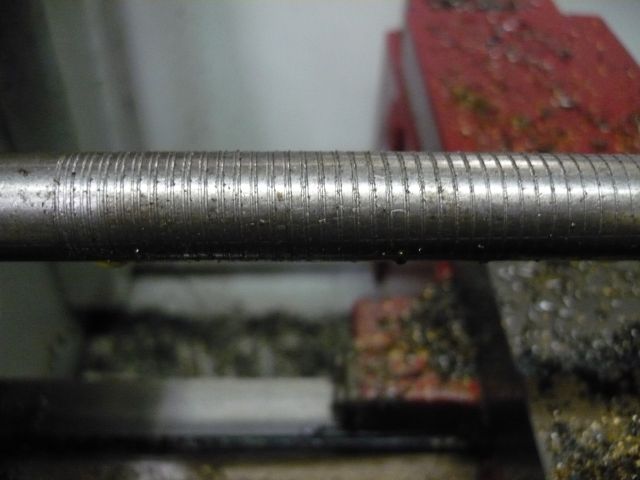or ................. Single Point Threading ??? ......... and how I broke all my cutting tools in one afternoon :-X
OK ..... this is my first attempt at said "Dark Art" ... :wall: .......... I've chosen an M12 x 1.75 thread .......... cos' that's what I need ..... I've abandoned practising on mild steel bar and am now using Delrin ... much easier on the tooling ;D ......... but .......
why is my 1.75 pitch thread ending up at about 1.75 plus a bit ......... or around 1.8 ish ???
Confused.com CC
OK ..... this is my first attempt at said "Dark Art" ... :wall: .......... I've chosen an M12 x 1.75 thread .......... cos' that's what I need ..... I've abandoned practising on mild steel bar and am now using Delrin ... much easier on the tooling ;D ......... but .......
why is my 1.75 pitch thread ending up at about 1.75 plus a bit ......... or around 1.8 ish ???
Confused.com CC





